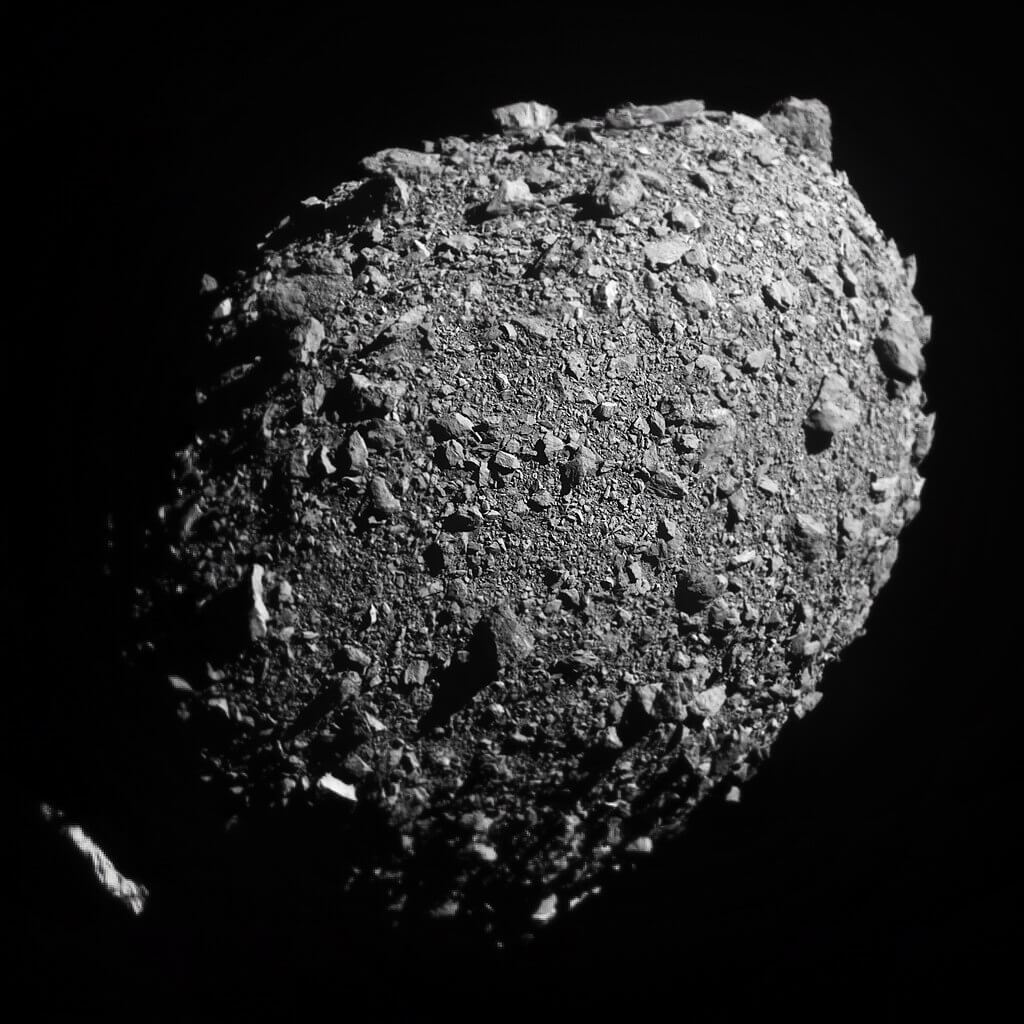The Heinrich Hertz Fraunhofer Institute (HHI) and the Helmholz Institute Erlangen-Nuremberg (HI ERN) have developed an efficient and stable hydrogen-release surface catalyst for the research project “Hydrogen Energy Density Release from LOHC Systems on Mobile Platforms”. of liquid storage materials. With this catalyst, researchers are laying the groundwork for the portable use of liquid organic hydrogen carrier (LOHC) technology using rail transport as an example. In the future, current diesel trains could be replaced by modern alternatives with low-emission hydrogen. The development of catalyst technology is part of the main project “Zero emission rail traffic and significantly reduce emissions on non-electrified roads”, which is funded by the Bavarian State Ministry for Economic Affairs, Regional Development and Energy in the amount of €28 million.
40 percent of Germany’s railway network is not yet electrified. A large part of it will not be available for electric locomotives in the future either, because collective electricity is very expensive and time consuming. LOHC offers an alternative here. As a green hydrogen carrier, it can save emissions and at the same time largely maintain the infrastructure of rail traffic.
In the LOHC process, gaseous hydrogen binds to a harmless carrier fluid that can be safely stored and transported. With the help of heat, the bound hydrogen can be released back into a catalytic reaction. The organic carrier fluid is not used and can be reused frequently. In terms of handling and physical properties, the oily substance is similar to common fuels and can be easily transported by tanker trucks and trains.
LOHC technology has been well researched for several years. However, there are still no so-called “hydrogen editors” that can perform the process efficiently for mobile applications. The research team from Fraunhofer HHI and HI ERN has now developed a device that takes the hydrogen release process to a repeatable and scalable level. In addition, a significant increase in energy density is achieved compared to conventional hydrogen releasers.
The heart of the device is the so-called surface catalyst. Catalysts need as much surface area as possible to efficiently release hydrogen. The previous methods work with porous pellets. However, these pellet catalysts wear out quickly in mobile use because the mechanical stability of pellets is not high enough.
For the surface catalyst, aluminum plates are machined with a femtosecond laser and then coated with very fine platinum dots. Thus, the surface of the structured board provides a large internal surface and can be increased by 7000 to 10000 times with this process. With such a structure, even a small aluminum sheet provides enough surface area to effectively release hydrogen. Another advantage of this process is that current and industrially proven heat exchanger technologies can be converted into hydrogen release materials. This allows researchers to quickly and cost-effectively apply the technology.
On behalf of HI ERN, Fraunhofer HHI’s “Fiber-Optic Sensor Systems” division is currently manufacturing additional surface catalysts that can also be used to build the first experimental train that will be powered by hydrogen.

“Certified tv guru. Reader. Professional writer. Avid introvert. Extreme pop culture buff.”







More Stories
Classic espionage, cyber attacks, creating economic dependencies, and technology withdrawal –
How the technology behind ChatGPT powers this bot
Mercedes G580 with EQ technology: The G-Class has become electric